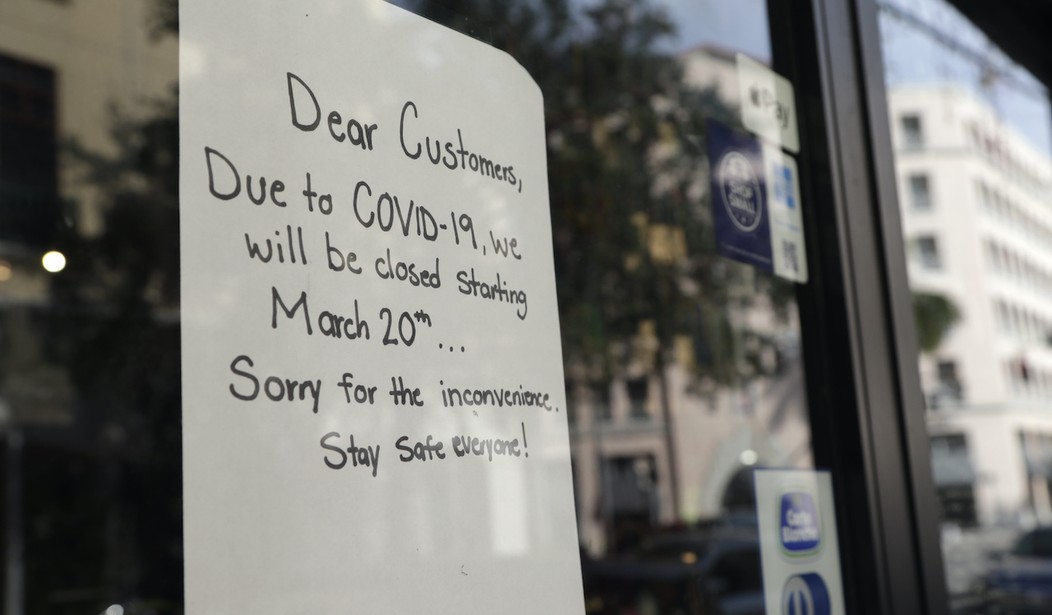MADISON — Pandemic and Gov. Tony Evers’ lockdown policies have battered and bruised Wisconsin’s economy.
As the Badger State slowly shakes off the dust of a statewide shut down, economic indicators show it will be some time before the economy really rebounds.
At a Senate committee hearing last week on the state Department of Workforce Development’s handling of a backlog of Unemployment Insurance claims, economist Noah Williams delivered the bad news — worse than originally expected.
The U.S. Bureau of Labor Statistics estimates Wisconsin’s April jobless rate was 14.6 percent, quadrupling early March’s 3.4 percent. In the beginning of March, roughly 40,000 Wisconsinites were claiming Unemployment Insurance. By the end of that month, in the days following Evers’ Safer at Home order, first-time applications spiked, with more than 220,000 claims within a two-week period.
Weekly claims remain historically high, running at 30,000 or more, following the spike at the end of April, said Williams, director of the Center for Research on the Wisconsin Economy (CROWE).
“Because hiring has been low, and job search requirements have been waived for Unemployment Insurance claimants, there’s been relatively little hiring,” Williams told the Senate Committee via video conference. “This has led to an increase in the stock of unemployed workers.”
Other indicators show Wisconsin’s estimated 14.6 percent unemployment rate for April is an underestimate, according to CROWE’s data. The real jobless rate was probably closer to 17 percent or 18 percent last month, Williams said. Regionally, 13 of Wisconsin’s 72 counties recorded unemployment rates of 20 percent or higher.
Recommended
Leisure and hospitality businesses were hit the hardest, with Evers’ orders demanding bars and restaurants and others close in-store service. An estimated 57 percent of all jobs in the sector were lost in April, 10 percentage points higher than leisure and hospitality positions shed nationally.
Wisconsin’s poorest counties, many of them rural, suffered the most pronounced economic impacts, while having the least amount of COVID-19 cases, Williams said. These counties are more dependent on tourism and hospitality jobs. Williams noted Menominee County, with a poverty rate of 26 percent, posted 30 percent unemployment.
“Initially there was hope that a lot of the job loss wold be temporary,” Williams said. The idea is that there would be a so-called V-shaped recovery, with very rapid job loss, as we experienced, followed by a rapid recovery.
“As the crisis has continued, the expectations for a rapid rebound have been tempered,” the economist said.
Original estimates pegged permanent job loss from the pandemic and the economic shutdown at 25 percent. Now, economists are predicting roughly 40 percent of the jobs lost will be permanent.
The Congressional Budget Office projects 15 percent unemployment for the next two quarters, and staying in double digits for well into next year.
“This suggests we’re not going to get back to the low levels (of unemployment) we experienced anytime soon,” Williams said. “Higher unemployment rates are here to stay.”
And if consumers don’t come back and the economy continues to be stymied by a slow reopening and buyer fear, economists say things will only get worse. As the economy worsens, so too will government tax revenues, including the taxes businesses pay in to the state’s dwindling Unemployment Insurance fund. The more businesses forced out of business, the more displaced workers in need of assistance and the less funding available to help.
“The long-term solution is we need to get people working again and remove the need for unemployment benefits in the first place,” said Scott Manley, executive vice president of Government Relations for Wisconsin Manufacturers & Commerce.

























Join the conversation as a VIP Member